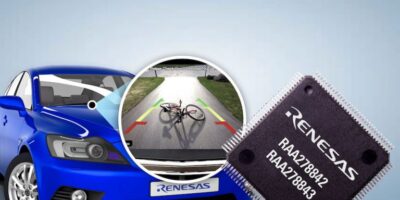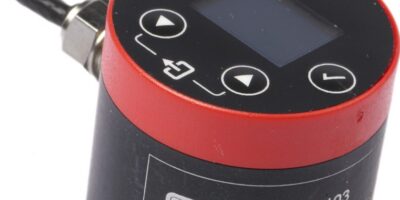Laser detection auto-focus for a smartphone camera that can accurately zero in on the target when the cover glass is smudged or dirty is possible with TMF8801 time of flight (ToF) sensor from ams.
The sensor is claimed to be the world’s smallest integrated module for direct ToF distance measurement, providing accurate measurements from 20 to 25mm.
The TMF8801 is more than 30 per cent smaller than competing ToF sensors, claims ams, for compact designs. Unlike competing ToF sensors which struggle to accurately measure distance below dirty or smudged cover glass, the TMF8801 maintains high accuracy through use of its on-chip histogram processing, ams says.
The TMF8801 direct ToF sensor complements the TMF8701 short range ToF sensor released in 2018 and provides extended distance range sensing for smartphones. Dave Moon, senior product marketing manager in the Integrated Optical Sensors business line at ams, said: “The TMF8801 is ideally suited to provide support for improving world-facing mobile phone camera performance using laser detection auto-focus (LDAF), enabling mobile phone users to take pin-sharp photos and selfies.”
The ToF performance is achieved through use of an integrated VCSEL infra red emitter, multiple single photon avalanche photo-diode (SPAD) light detectors, time-to-digital converter, and on-chip microcontroller for processing histograms. Compared to distance averaging employed with an indirect ToF system, the direct ToF time measurement methodology used in the TMF8801 delivers higher accuracy true-distance measurements, claims ams.
High accuracy distance measurements, combined with LDAF, improve camera performance, with sharper, in-focus images under any ambient lighting conditions, and accurate adjustment of the camera flash brightness to improve picture quality.
The small size and low power consumption of the TMF8801 is suitable for fast-ranging collision avoidance detection used in autonomous vacuum cleaners, and industrial robotics. For display-based products, such as mobile computing, the TMF8801 can be used for user presence detection to automatically wake up or put the system into a low-power sleep mode based on the presence or absence of a user.
The TMF8801 is housed in a 2.2 x 3.6 x 1.0mm package and is in volume production.






